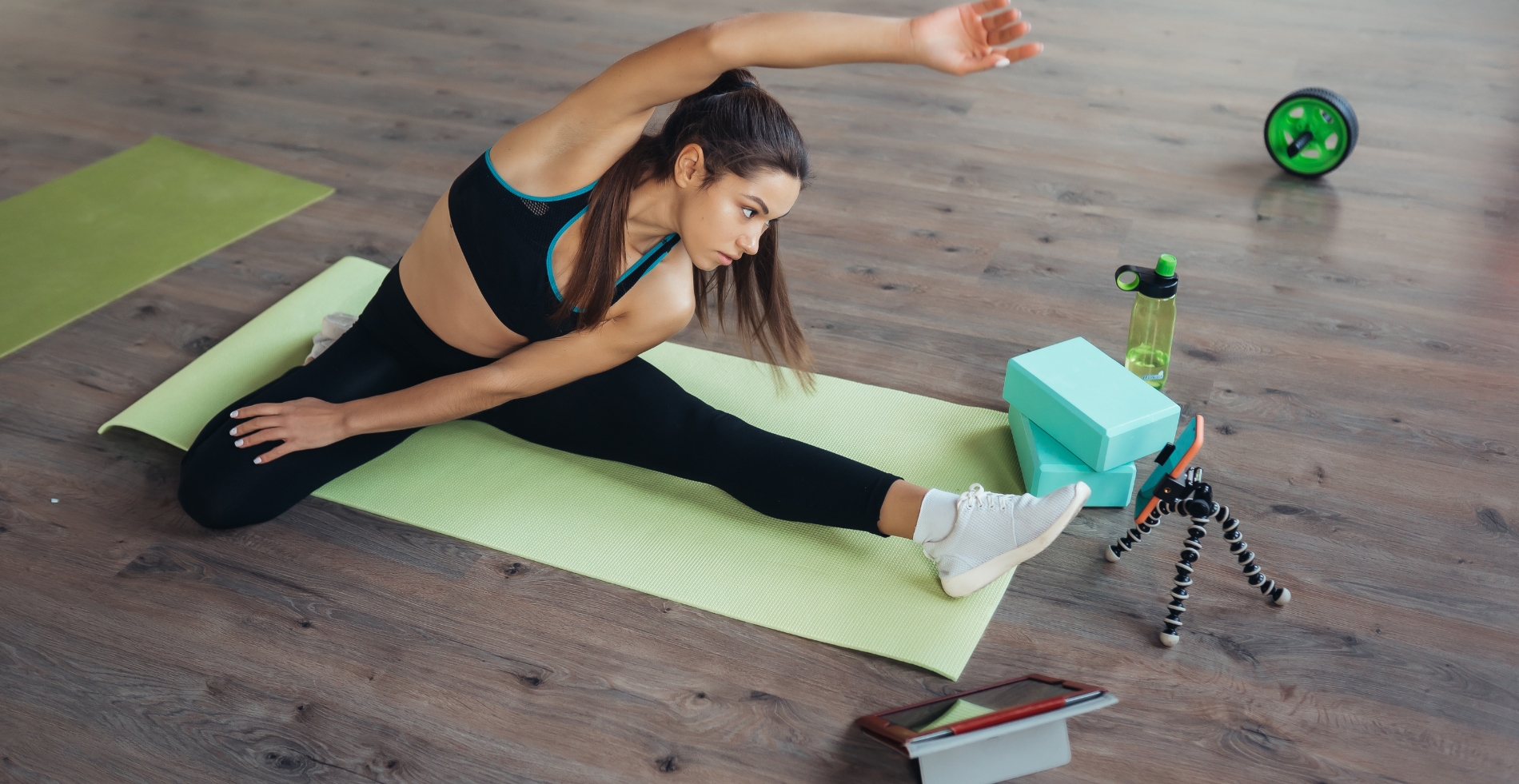Power Vinyasa” yoga is a dynamic and physically challenging style of yoga that combines breath with movement in a vigorous, fast-paced sequence. This style is a variation of Vinyasa yoga, which is characterized by linking breath with a continuous flow of poses. Power Vinyasa takes this concept to a more intense level, incorporating strength-building poses and faster transitions to create a more vigorous and physically demanding practice.
Here are some key features commonly associated with Power Vinyasa yoga:
- Dynamic Flow: Power Vinyasa classes involve a continuous and dynamic flow of yoga poses. Movements are often quicker than in traditional Vinyasa classes, creating a more challenging and invigorating practice.
- Strength-Building Poses: The sequences in Power Vinyasa classes include a variety of strength-building poses, such as plank, chaturanga, and arm balances. These poses help to build muscle strength, particularly in the core and upper body.
- Cardiovascular Element: The faster pace and continuous movement in Power Vinyasa yoga provide a cardiovascular workout, elevating the heart rate and promoting increased circulation.
- Breath Awareness: Although the pace is faster, the emphasis on coordinating breath with movement remains a crucial aspect of Power Vinyasa. The breath is used to help practitioners find focus, maintain energy, and enhance the mind-body connection.
- Heat Generation: The dynamic nature of Power Vinyasa yoga generates internal heat, which can aid in detoxification and increase flexibility. This heat is often intentionally cultivated through the practice.
- Variety of Poses: Power Vinyasa sequences may include a variety of yoga poses, including standing poses, balancing poses, inversions, and backbends. The variety helps to work different muscle groups and create a well-rounded practice.
- Mind-Body Connection: Despite the physically demanding nature of Power Vinyasa, there is still an emphasis on mindfulness and presence. Practitioners are encouraged to stay connected to their breath and be aware of their bodies throughout the practice.
- Challenging Transitions: Power Vinyasa often includes challenging transitions between poses, requiring focus, balance, and strength. These transitions add an element of complexity to the practice.
It’s important to note that Power Vinyasa yoga may not be suitable for beginners or individuals with certain health conditions. If you’re new to yoga or have specific health concerns, it’s advisable to consult with the instructor and, if necessary, seek guidance from a healthcare professional before participating in a Power Vinyasa class. Additionally, it’s recommended to listen to your body, take breaks as needed, and modify poses as necessary to suit your individual capabilities.


